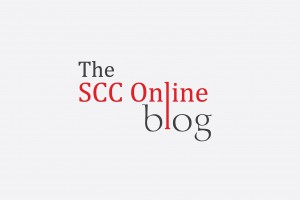Allahabad High Court: Allowing a writ petition by a bunch of law students for quashing the notice/advertisement issued by “Dr. Ram Manohar Lohiya National Law University” (RMLNLU) which prescribed the maximum age limit of 20 years as an essential criterion for appearing in the Common Law Admission Test -2015 (CLAT-2015), the Court held that there is no provision either in the State Universities or under the National Law School of India Act, 1986 or any other law where examination conducting universities have been empowered to fix upper age limit in the Common Law Entrance Examination.
The Court bashed RMLNLU and said that it has completely shut it eyes to the point that Bar Council of India has itself withdrawn its notification prescribing upper age limit as 20 years for admission in the stream of Integrated Bachelor of Law Degree program, therefore RMLNLU has no authority of law to limit the upper age of candidates for appearing in the examination.
In the instant case, where the petitioners are represented by Sushmita Mukherjee and Abhijeet Mukherj, the Court has discussed decisions of various high courts which declared clause 28, schedule III Rule 11 of the Legal Education Rules, 2008 as ultra vires and unconstitutional for prescribing maximum upper age limit for the stream of integrated bachelor of law degree program which violates the fundamental right under Article 19 of COI.
The Court while directing the Vice Chancellor of RMLNLU to accept the petitioners’ admission form and to allow other similar candidates to appear in the examination, held that RMLNLU is an agency which was given the responsibility to hold CLAT-2015 on behalf of the concerned universities, in accordance with the admission procedure laid down by the Bar Council of India, which is mandatory for it to follow. Devasheesh Pathak v. Bar Council of India, decided on 26.02.2015

